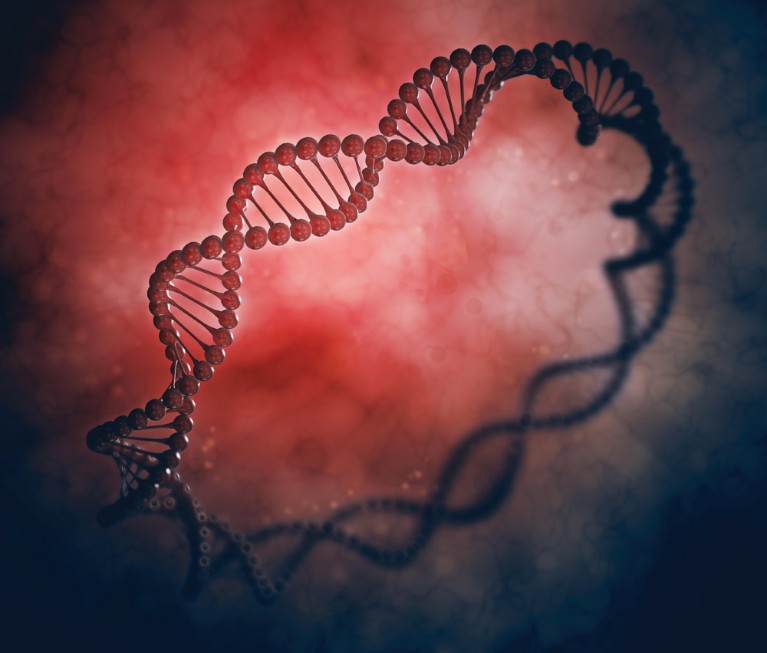
DNA excision circles could be used as biomarkers to track the progress of haematopoietic stem cell transplantation therapy.MOPIC / ALAMY STOCK PHOTO
Tiny DNA remnants from the birth of immune T cells carry valuable information about the progress of immune system reconstitution following haematopoietic stem cell transplantation (HSCT), a research review involving KAIMRC scientists has found. These blood-borne biomarkers could be used to track the progress of HSCT therapy and help improve clinical outcomes for a wide range of blood and autoimmune diseases.
The transplantation of blood-forming ‘haematopoietic’ stem cells is one of medicine’s fastest expanding therapies for diseases like leukaemia and various haematological and immunological disorders. The therapy works by replacing the dysfunctional immune system of the patient with a ‘reconstituted’ immune system derived from the transplanted healthy HSCs.
Yet there are many ways in which this reconstitution can go wrong. In the first months, HSCT patients have profound immunodeficiency and are at high risk of infection. As reconstitution progresses, they then become increasingly susceptible to potentially lethal immunological responses, such as graft-versus-host disease (GVHD), in which the newly reconstituted immune system starts attacking the patient’s own cells. Complications like these are very difficult to treat, as the immunosuppressive drugs used to treat GVHD impair the immune system’s ability to combat infections. Tracking the progress of reconstitution and pre-empting the need for intervention thus remains a major obstacle to improving HSCT therapy.
Based on a rapidly improving understanding of these interactions, the director of KAIMRC’s stem cells and regenerative medicine department, Muhamed Abumaree, and collaborating researchers from Karolinska Institutet in Sweden have been reviewing research into possible biomarkers that could be used to monitor the progress of immune system reconstitution. Their review focused on ‘T cell receptor excision circles’ (TRECs): tiny ringlets of DNA left over from the creation of immune T cells, which can be found in sufficient concentrations in blood to be detected using conventional DNA analysis methods.
From an extensive data and literature review, the team identified a certain type of DNA excision circle, called single-joint T cell receptor excision circles (sjTRECs), that could be used to distinguish between the activity of the early-developing innate immune system and the more powerful but slower-developing adaptive antigen-specific immune system. Abumaree and his co-workers suggest that such a biomarker could be used to identify problems or delays in immune system development and provide useful information regarding the status of the reconstitution of functional T cell immunity, with significant potential as a standard clinical approach to predict the risk of severe infection and hence improve HSCT survival rates.


